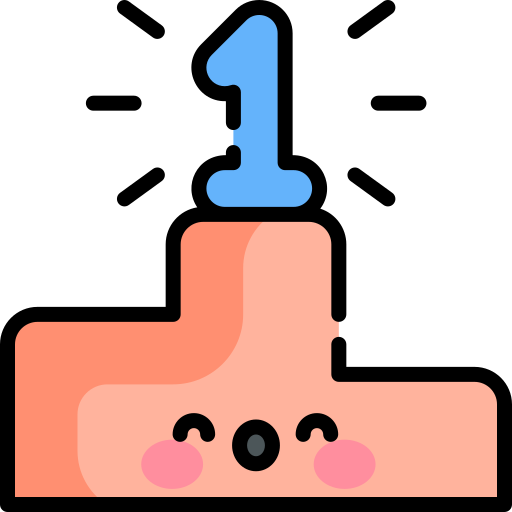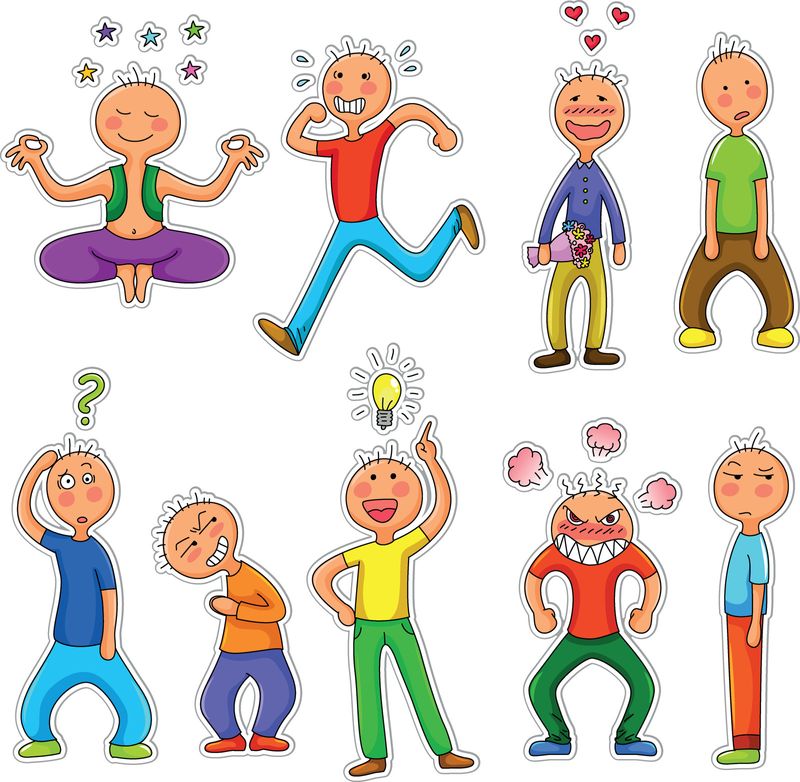
This logo isn't an ad or affiliate link. It's an organization that shares in our mission, and empowered the authors to share their insights in Byte form.
Rumie vets Bytes for compliance with our
Standards.
The organization is responsible for the completeness and reliability of the content.
Learn more
about how Rumie works with partners.
Would you like to gain more control over your emotional reactions?
We experience so many challenges every day. The way we react to the situations we find ourselves in might cause us to lose control, make others feel badly, and even make us feel badly about ourselves, too.
Understanding the differences between emotions and feelings is the first step to gaining control over our reactions, especially in stressful situations. So what do you say?
The Evolutionary Theory Of Emotion
No emotion is stronger than maternal love but a mother may feel the deepest love for her helpless infant.
— Charles Darwin, evolutionary theorist
The first step to differentiating between emotions and feelings is to understand why we have emotions. Our most basic emotions help us survive and adapt to our environment.
The video explains the evolutionary theory of emotion:
Quiz
After watching this video, which of the following emotions DOESN'T help people survive?
Anxiety, disgust, and fear inform us when our survival is at risk. Sadness doesn't do that.
The James-Lange Theory Of Emotion
The James-Lange theory of emotion focuses on how our bodies react to events. It connects stimuli (events that happen) to our physiology (how our bodies work).
The theory says that before we experience emotions from stimuli, our body will experience physical changes. The video below explains the theory in more detail:
Quiz
Imagine that a 4-year old girl named Jane saw a rabbit. When Jane saw the rabbit, she felt excited. She started to breathe faster and her pupils began to dilate. In this situation, what is the stimulus?
Stimuli are external events that happen, which cause a physical response. The bunny rabbit is the stimulus. Jane's increased rate of breathing, her dilated pupils, and her excitement are all internal events.
Differentiating Between Emotions And Feelings
In this video, you'll meet Ethan. You'll see how awareness is the key for him to be aware of his reactions and produce a better outcome (or result).
Quiz
Imagine that Tom has had a very busy day and is stressed out. When he is shopping for groceries, he sees a shopper run into his cart. It was an accident, but Tom is ready to yell at the shopper for his carelessness. What will help Tom gain control?
The sight of the shopper hitting Tom's cart is an external stimulus, that caused him to get upset and feel anger. Becoming aware of his feelings can help him to evaluate his situation and gain control over his emotional reaction.
Did you know?
If you feel like you need help regulating your emotions, reach out to a mental health professional.
Take Action

There's no better time than now to take the first step! Check out these Bytes to help you gain control of your emotions:
This Byte has been authored by
Dawn O'Day
Educator
This Byte has been reviewed by
Lisa VanVleet
PhD, LCSW-S
